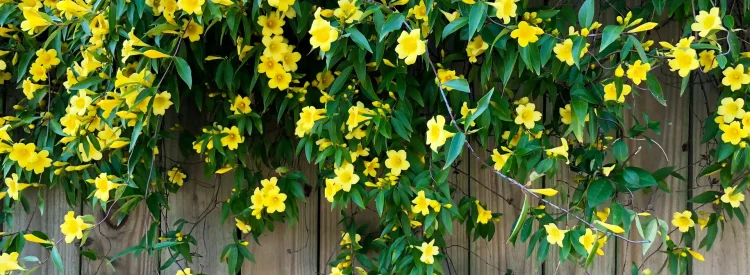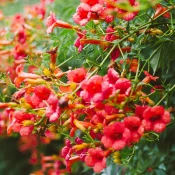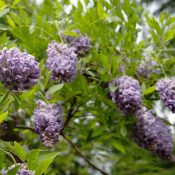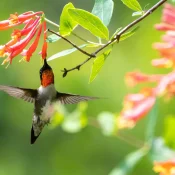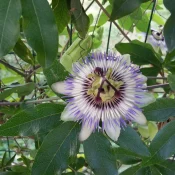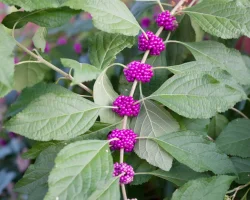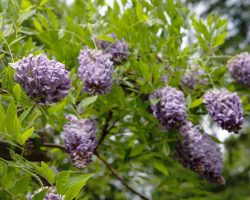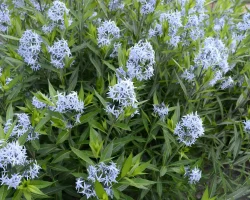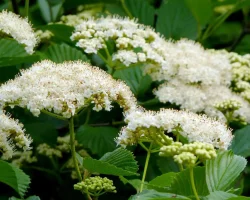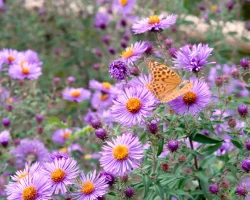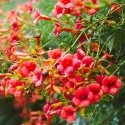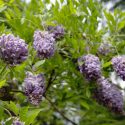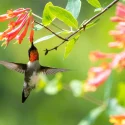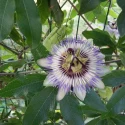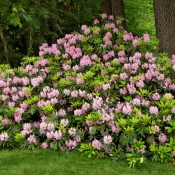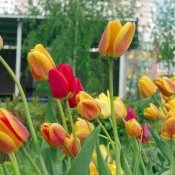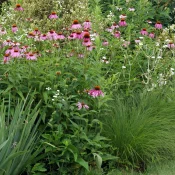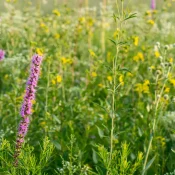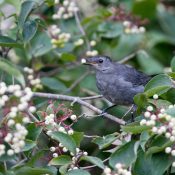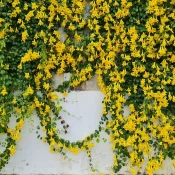Do you live in the South or Mid-Atlantic and have a fence or trellis? Plant some Carolina Jessamine immediately! Carolina jessamine is a native vine found along the southeastern US. It blooms in the spring with sweet-smelling yellow flowers. When not in bloom, it’s low maintenance and semi-evergreen. You can easily train them on wire, fences, or trellis and create a wall of flowers. Plant them in a sunny to part-sunny spot and take lots of pictures.
Carolina jessamine is a gorgeous native vine
New to native?
Before lawns and landscaping, native plants were here. They’ve fed birds, bees, and butterflies for thousands of years—and they’ll do the same in your yard. The best part? They’re easier to grow than you think.
This plant is also called…
This evergreen vine has a few other common names: yellow jessamine, Carolina jasmine, and evening trumpetflower. Whatever you want to call it, it’s well worth planting.
To ensure you’re looking at the right plant, its singular Latin name is a big help: Gelsemium sempervirens. You don’t need to know how to say it (we strongly believe planting native does NOT mean learning Latin.) Just know how to spot it on a plant tag.
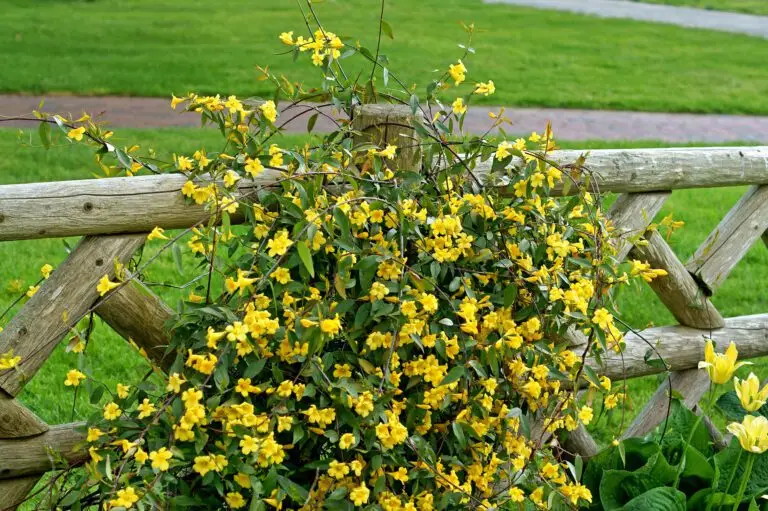
When does Carolina jessamine bloom?
Carolina jessamine is one of the earliest vines to flower in the south, as early as January in southern locations like Florida, and April/May in the Mid-Atlantic. Their sunny yellow flowers are a welcome sight and a harbinger of spring.
But…they are toxic if consumed
All parts of a Carolina jessamine—leaves, flowers, nectar, roots—are poisonous. If you have children or pets who are prone to nibbling in the garden, this is probably not the plant for you. (If you want another vine that’s amazing and good-smelling, plant a passionflower vine.)
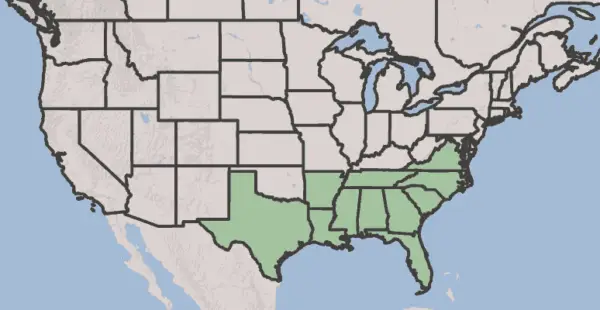
Where is Carolina jessamine native?
Carolina jessamine is native from Virginia south to Florida, and all the way south to Guatemala. Due to climate change, you can now find it growing in Northeastern states like New York and Pennsylvania, too.
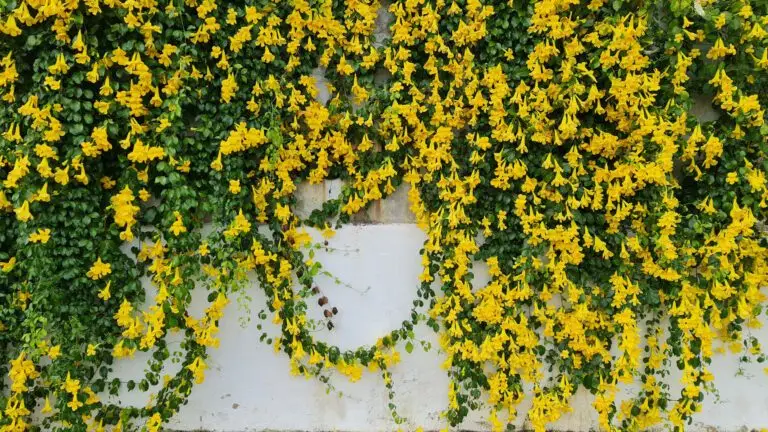
What are the benefits of growing Carolina jessamine?
Now that we’ve covered the basics of how to plant Carolina jessamine, let’s take a look at some of the many benefits of this native plant:
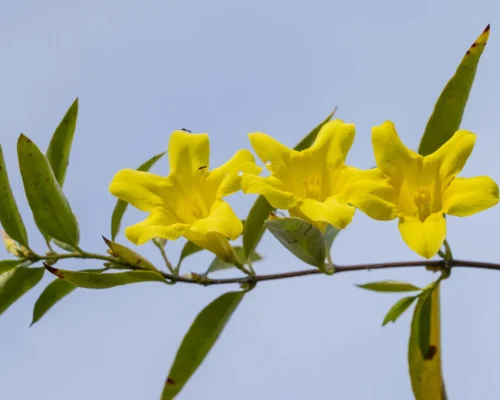
Beautiful flowers
One of the most obvious benefits of Carolina jessamine is its beautiful flowers. The plant has clusters of fragrant yellow flowers in early spring, adding a bright splash of color.

Attracts pollinators
Carolina jessamine is an important source of nectar for bees, butterflies, and other pollinators. By planting this native plant, you can help support local pollinator populations and encourage a healthy ecosystem.

Low maintenance
Carolina jessamine is a low-maintenance plant once established. It is drought-tolerant and fairly pest-resistant, so it doesn't require a lot of watering or care after the first year.
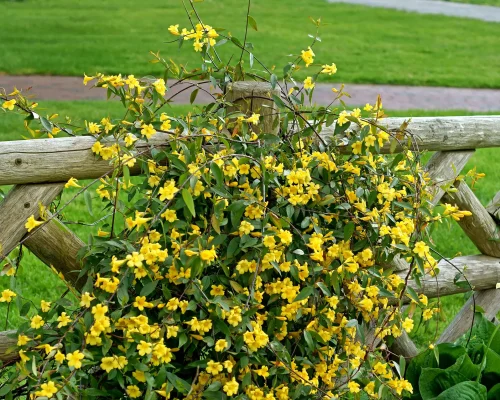
Perfect for a trellis or as a groundcover
Carolina jessamine can be grown in a variety of ways. It can be trained to grow up a trellis or fence, or it can be left to sprawl as a groundcover.
How to grow Carolina jessamine
Carolina jessamine is a relatively easy plant to grow, and it can thrive in a variety of different conditions. Here’s a quick guide to getting started with planting Carolina Jessamine:
1. Choose the Right Location
Carolina jessamine prefers to grow in full to partial sunlight, so choose a location that gets at least six hours of direct sunlight per day.
According to the University of Florida, “This native evergreen vine stays fairly bushy and compact when it’s grown in full sun. In shadier spots, it will climb up trees and shrubs as it tries to get closer to the sunlight, with the vines reaching up to 20 feet.”
It can also tolerate a variety of soil types, but it prefers well-drained soil that is slightly acidic. Avoid planting in areas that are prone to flooding or that have poor drainage. Carolina Jessamine doesn’t like to stay wet.
2. Prepare the Soil
Before planting, prepare the soil by removing any weeds or other debris (large roots, rocks, etc.) from the area you’re planting in. If the soil is very sandy or dense with clay, add organic matter (like compost) to it. Mix the new organic matter into the soil to a depth of about six inches. This helps give the roots nutrients, especially during the first year.
3. Plant the jessamine
Dig a hole that is slightly larger than the root ball of the plant. Place the plant in the hole and backfill it with soil, making sure the top of the root ball is level with the soil surface. Water the plant well after planting to help it settle in.
4. Water and Mulch
Water the plant regularly during its first growing season to help it establish a strong root system. Once established, Carolina jessamine is fairly drought-tolerant, but it will benefit from occasional watering during dry spells. Mulch around the plant to help retain moisture and keep down the weeds.
This plant is Thomas Jefferson-approved
According to Plants of Colonial Days, Carolina jessamine was shipped over to England as early as 1640 as an example of beautiful plants from the New World. Thomas Jefferson’s gardening notes include Carolina jessamine as an ornamental to use at Monticello.
Are there any other vining native plants?
So glad you asked! If you’re looking for other native vines, here you go:
Now, you might be wondering…
Where can I find Carolina jessamine?
Finding Carolina jessamine can be a challenge; many conventional nurseries do not stock this regularly (if at all). Below are four ideas to help you track down some for your yard.
Where can I find seeds and plants?
Finding native plants can be challenging (we partly blame Marie Antoinette.) To make it easier, we’ve assembled four sourcing ideas.
300+ native nurseries make finding one a breeze
Explore 100+ native-friendly eCommerce sites
Every state and province has a native plant society; find yours
Online Communities
Local Facebook groups are a great plant source
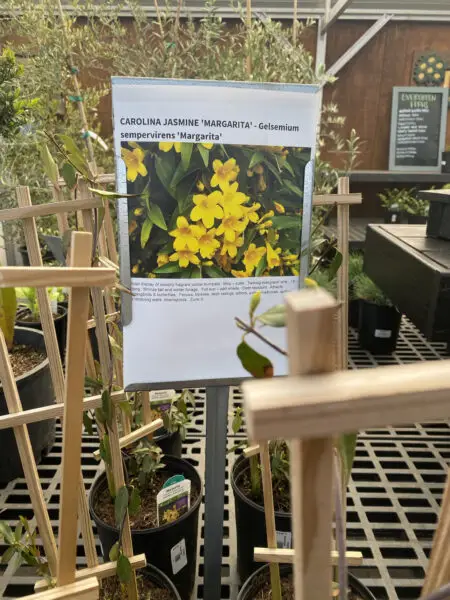
Now, a tip:
When you see this vine at the plant nursery, it might look a little underwhelming. The pictures at the start of this article show a thick curtain of yellow flowers. This might take a few years. The good news is that this is a fast-growing vine (most vines are!) So, the sooner you plant, the sooner you'll have that yellow flower curtain.
What are good pairings with Carolina jessamine?
Carolina jessamine is great paired with other native plants that thrive in the south. (Must-haves include: milkweed, passionflower, native magnolias, and American beautyberry.) Here are some other native plants that thrive in the same heat and weather conditions.
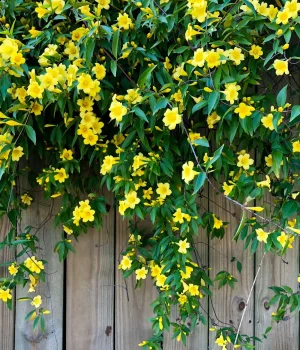
Pairs well with
Carolina Jessamine is a gorgeous native vine that’s perfect for southern fences, trellises, or groundcovers. Each Carolina Jessamine flower attracts hummingbirds, butterflies, and other pollinators. As a bonus, its leaves are semi-evergreen, so even when not in bloom, it’s green. Plant Carolina Jessamine today in any Southern or Mid-Atlantic garden and watch pollinators enjoy it for years to come. We recommend pairing with some Host Plants for Butterflies or Best Natives for Birds. Happy planting!
Sources
- Lady Bird Johnson Wildflower Center, Carolina Jessamine
- University of Florida Garden Solutions, Carolina Jessamine
- Master Gardeners of Northern Virginia, Carolina Jessamine
- Texas A&M University, Carolina Jessamine
- Gil, Nelson. Best Native Plants for Southern Gardens. (1999), 264-265.
- USDA Plants Database, Carolina Jessamine
- Taylor, Raymond L. Plants of Colonial Days. (1952), 21.
What if your feed was actually good for your mental health?
Give your algorithm a breath of fresh air and follow us.
